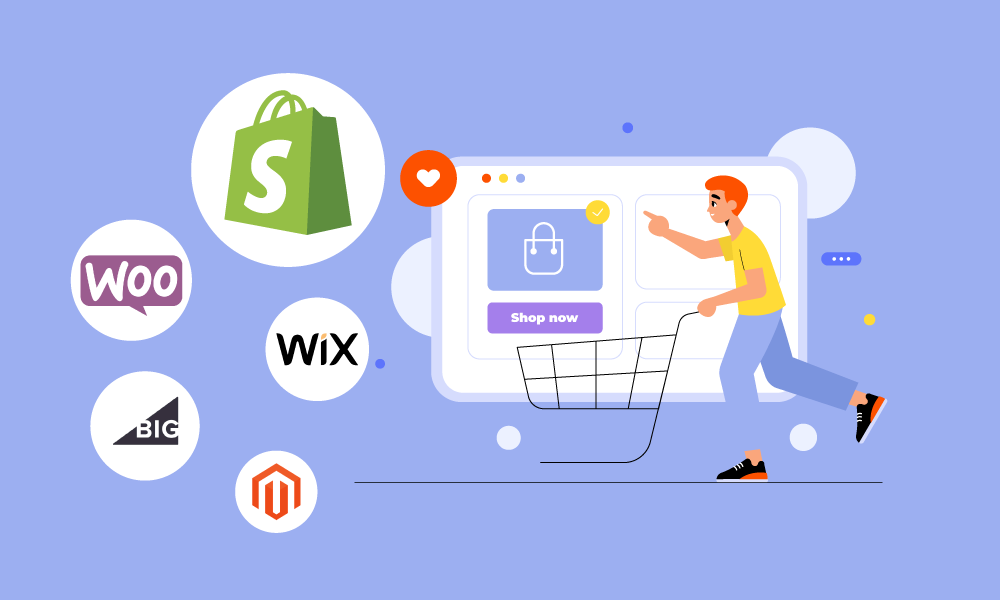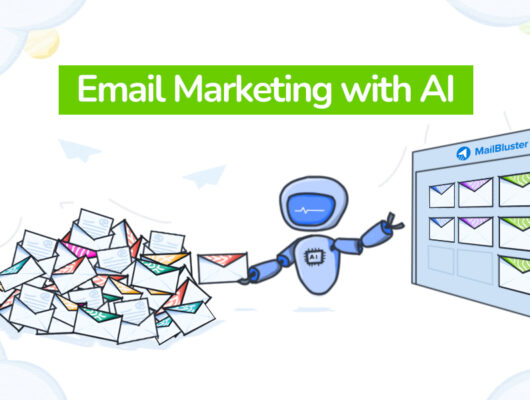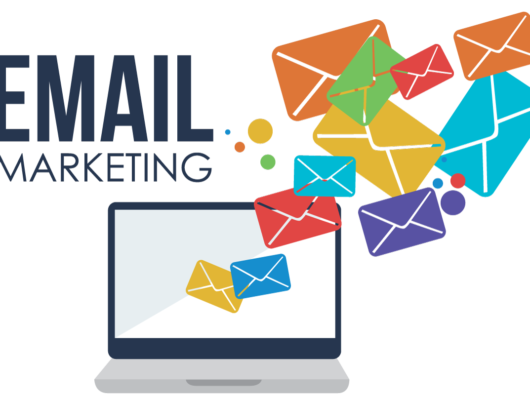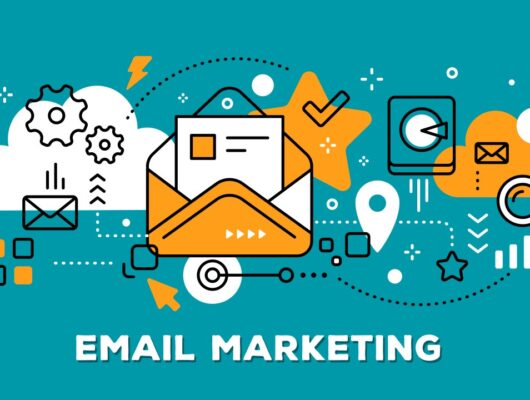For e-commerce marketing on a budget, focus on SEO, content marketing, and social media. Implement low-cost strategies to boost visibility and engagement.
Embracing cost-effective marketing tactics can help e-commerce businesses achieve growth and success without breaking the bank. By leveraging SEO techniques, creating engaging content, and utilizing the power of social media, e-commerce businesses can maximize their marketing efforts without overspending. Additionally, employing email marketing and influencer partnerships can also provide a cost-effective way to reach and engage with potential customers.
With a strategic approach and a focus on creativity, e-commerce businesses can effectively market their products and services on a budget, driving traffic and increasing sales while maintaining financial efficiency. By carefully managing resources and prioritizing impactful marketing initiatives, e-commerce entrepreneurs can achieve significant results without a hefty investment.
1. Optimizing Your Website For Conversions
Optimizing your website for conversions is crucial for e-commerce businesses, especially when operating on a budget. Proper optimization can significantly enhance the user experience and drive more sales, without the need for extensive marketing resources.
User-friendly And Intuitive Design
A user-friendly and intuitive website design is the cornerstone of successful e-commerce marketing on a budget. Clear navigation, prominent call-to-action buttons, and mobile responsiveness are essential elements to consider. A clutter-free layout and visually appealing design can streamline the user journey, ultimately leading to higher conversion rates. Additionally, implementing a search function can improve user experience by helping visitors find products quickly.
Clear And Compelling Product Descriptions
Compelling product descriptions are an integral part of the conversion optimization process. Concise and persuasive descriptions that highlight the benefits of the products can help in convincing potential customers to make a purchase. Utilizing high-quality images and incorporating user-generated content can further enhance the appeal of the products. Moreover, incorporating customer reviews alongside the product descriptions can build trust and credibility, ultimately leading to higher conversions.

Credit: www.linkedin.com
2. Leveraging Social Media For Promotion
E-commerce marketing on a budget can be challenging, but leveraging social media for promotion can provide a cost-effective way to reach a wider audience and drive sales. With billions of active users across various platforms, social media is a goldmine for e-commerce businesses looking to maximize their marketing efforts without breaking the bank.
2.1 Identifying The Right Social Media Platform
Each social media platform caters to a unique demographic and user base. Research and analyze the demographics to determine which platforms align with your target audience. For instance, if your business targets a younger demographic, platforms like Instagram and TikTok may be more effective, while LinkedIn may be more suitable for a B2B audience. Choose platforms where your potential customers are most active to optimize your marketing efforts.
2.2 Creating Engaging Content
Engaging content is essential for capturing the attention of social media users. Focus on creating visually appealing and informative content that resonates with your audience. Utilize high-quality images, videos, and infographics to convey your message effectively. Incorporate compelling captions and calls-to-action to encourage user engagement and drive traffic to your e-commerce site.
2.3 Using Influencers To Reach A Wider Audience
Influencers can significantly amplify your reach and credibility on social media. Collaborate with influencers whose followers align with your target market. This can help you tap into a wider audience and build trust through influencer endorsements. Consider offering influencers a product sample or a commission-based partnership to promote your products, amplifying your visibility without hefty advertising expenses.
3. Implementing Effective Email Marketing Strategies
Email marketing is an essential tool for e-commerce businesses looking to maximize their marketing efforts on a budget. By implementing effective email marketing strategies, you can reach your target audience, build relationships, and encourage conversions. In this section, we will explore three key strategies for successful email marketing campaigns.
3.1 Building A Targeted Email List
Building a targeted email list is the foundation of any successful email marketing campaign. By focusing on quality over quantity, you can ensure that your emails are reaching the right audience. Here are some effective techniques to build a targeted email list:
- Create opt-in forms on your website to collect email addresses of interested visitors.
- Offer valuable incentives, such as exclusive discounts or free resources, in exchange for email subscriptions.
- Segment your email list based on demographics, interests, or purchasing behavior to send personalized and relevant content.
- Regularly clean your email list by removing inactive subscribers to maintain a high deliverability rate.
3.2 Personalizing Your Email Campaigns
Personalization is key to engaging your audience and driving conversions through email marketing. By tailoring your emails to individual subscribers, you can create a more meaningful connection. Consider the following strategies to personalize your email campaigns:
- Use merge tags to incorporate subscribers’ names and other relevant information in your email content.
- Send targeted and automated emails based on specific actions or interests, such as abandoned cart reminders or product recommendations.
- Create dynamic content that adapts to the recipient’s preferences and behavior, providing a personalized experience.
- Test different subject lines, email formats, and calls-to-action to optimize engagement and conversion rates.
3.3 Offering Incentives To Encourage Conversions
Driving conversions is the ultimate goal of email marketing. By offering incentives, you can motivate subscribers to take action and make a purchase. Consider these tactics to encourage conversions through your email campaigns:
- Provide exclusive discounts, free shipping, or limited-time promotions to create a sense of urgency.
- Use persuasive language and compelling visuals to highlight the benefits and value of your products or services.
- Include clear and prominent call-to-action buttons that lead directly to your website or product pages.
- Offer personalized recommendations or product suggestions based on the subscriber’s browsing or purchase history.
By implementing these email marketing strategies, you can enhance your e-commerce marketing efforts without breaking the bank. Remember to continually analyze and optimize your campaigns based on customer feedback and data-driven insights to achieve the best results.
4. Utilizing Search Engine Optimization (seo) Techniques
Search engine optimization (SEO) is crucial for any e-commerce business to improve its online visibility and attract organic traffic. With the right SEO strategies, even businesses on a limited budget can achieve significant results. Here are some key SEO techniques that can help you maximize your marketing efforts:
4.1 Conducting Keyword Research
Conducting comprehensive keyword research is the first step to optimizing your e-commerce website for search engines. By identifying and targeting relevant keywords, you can ensure that your website appears in search engine results when potential customers are looking for products or services similar to what you offer.
Using online keyword research tools like Google Keyword Planner or SEMrush, you can discover highly searched keywords related to your niche. Look for long-tail keywords, which are longer and more specific search phrases that tend to have less competition. These long-tail keywords can help you target a more specific audience and increase your chances of ranking higher in search engine result pages (SERPs).
4.2 Optimizing Website Content And Meta Tags
Optimizing your website content and meta tags is crucial for SEO success. Start by incorporating your targeted keywords naturally throughout your website content, including product descriptions, category pages, and blog posts.
When it comes to meta tags, focus on optimizing your page title and meta description. The page title should contain your primary keyword and be concise yet descriptive. Aim for a title length of 50-60 characters, as this is the optimal length to display in search results.
Your meta description, on the other hand, should be a compelling snippet that entices users to click through to your website. It should be around 150-160 characters long and include your main keyword, a clear call-to-action, and a unique selling point that differentiates your business.
4.3 Building High-quality Backlinks
Building high-quality backlinks is an important aspect of off-page SEO. Backlinks act as votes of confidence for your website’s authority and relevance, signaling search engines that your content is valuable and trustworthy.
Focus on acquiring backlinks from reputable websites that are relevant to your industry. Here are some effective ways to build high-quality backlinks:
- Guest posting: Write guest posts for industry blogs and include a link back to your website in the author bio.
- Partnerships: Collaborate with other businesses in your niche and exchange backlinks.
- Content promotion: Create valuable and shareable content that naturally attracts backlinks from other websites.
- Broken link building: Identify broken links on authoritative websites and reach out to offer helpful replacement content with a backlink to your website.
By consistently implementing these SEO techniques and continuously monitoring and adjusting your strategy, you can effectively optimize your e-commerce website on a budget and improve your online visibility and organic traffic.
5. Monitoring And Analyzing Performance Metrics
Monitoring and analyzing performance metrics is crucial for effective e-commerce marketing on a budget. By tracking metrics such as website traffic, conversion rates, and customer engagement, businesses can make data-driven decisions to optimize their marketing efforts and maximize ROI.
Monitoring and analyzing performance metrics is crucial for the success of any e-commerce marketing campaign. By tracking website traffic and user behavior, analyzing conversion rates, and making data-driven decisions to optimize marketing efforts, businesses can ensure that their strategies are effective and reaching their target audience. In this section, we will explore these three key aspects of monitoring and analyzing performance metrics that can help businesses drive more traffic, increase conversions, and maximize their return on investment.
5.1 Tracking Website Traffic And User Behavior
Tracking website traffic and user behavior is essential for gaining insights into how visitors interact with your e-commerce site. By utilizing tools like Google Analytics, you can monitor crucial data such as the number of visitors, pages they visit, and the time they spend on each page. This information can help you identify which pages are performing well and which need improvement. By tracking user behavior, such as exit pages and bounce rates, you can identify potential areas for optimization.
5.2 Analyzing Conversion Rates
Analyzing conversion rates is crucial to determine the effectiveness of your e-commerce marketing efforts. Conversion rates help you understand how many visitors are taking the desired action, such as making a purchase or signing up for a newsletter. By analyzing conversion rates, you can identify any bottlenecks in your sales funnel and make necessary improvements. It is important to continuously track and analyze conversion rates to identify trends and make data-driven decisions.
5.3 Making Data-driven Decisions To Optimize Marketing Efforts
Making data-driven decisions is a key aspect of optimizing e-commerce marketing efforts. By analyzing performance metrics, you can identify areas where your marketing strategies can be improved. For example, if you notice that certain product pages have a high bounce rate, you can optimize them by improving the content, layout, or call-to-action. By utilizing data and insights, you can make informed decisions and allocate resources effectively to drive better results. Overall, monitoring and analyzing performance metrics is essential for the success of e-commerce marketing campaigns on a budget. By tracking website traffic and user behavior, analyzing conversion rates, and making data-driven decisions, businesses can optimize their marketing efforts, improve their return on investment, and achieve their goals.
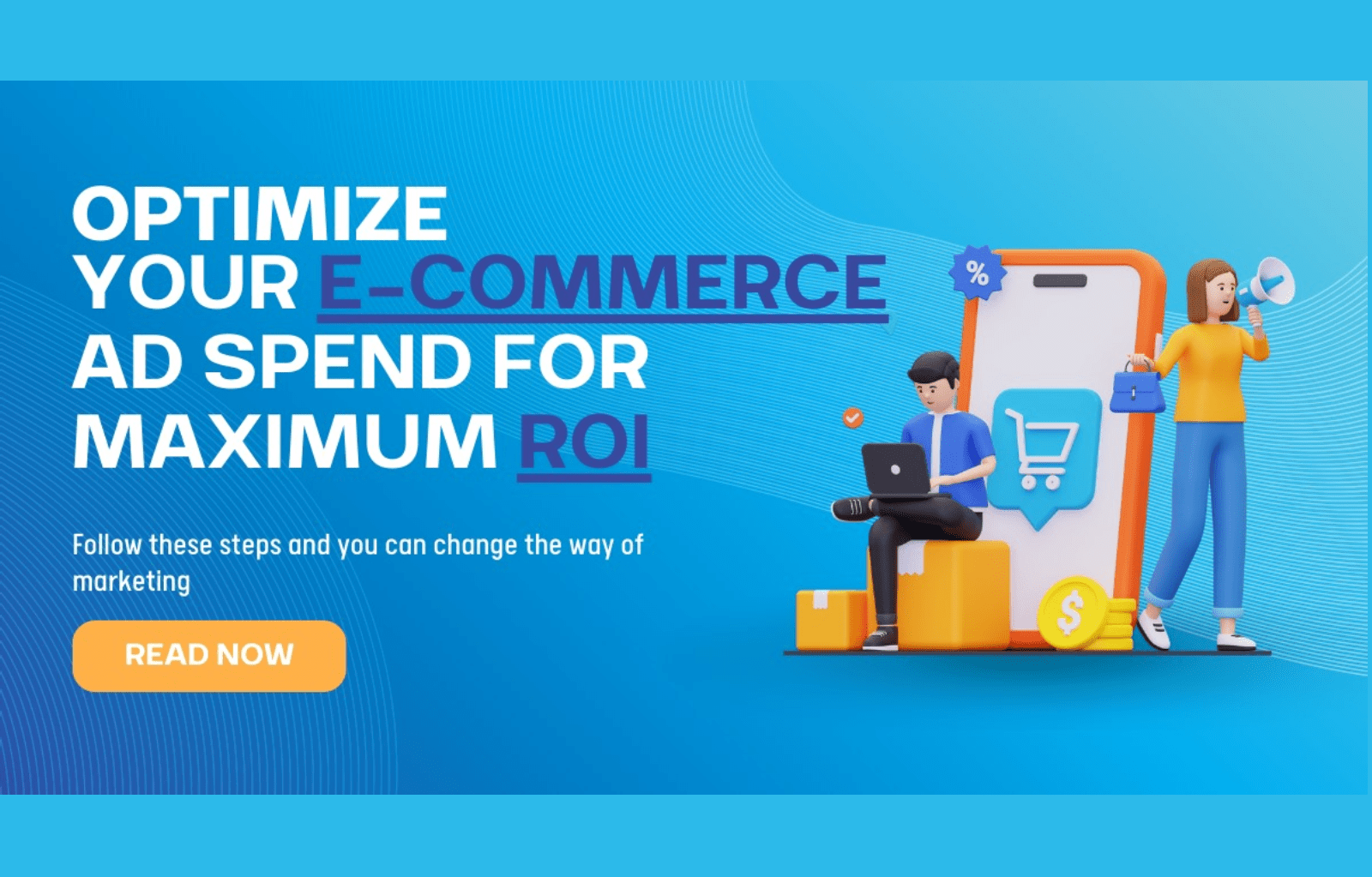
Credit: brandlogies.com
Frequently Asked Questions On E-commerce Marketing On A Budget
What Is A Good Marketing Budget For Ecommerce Business?
A good marketing budget for an eCommerce business depends on the size and goals, but typically ranges from 10-20% of revenue. It should be allocated to strategies like social media, SEO, PPC, and email marketing to drive sales and brand awareness.
Regularly review and adjust the budget for optimal results.
What Is The Average Marketing Cost For Ecommerce?
The average marketing cost for eCommerce varies, but it typically ranges between 10-20% of the overall revenue. Various factors can impact this figure, such as the size of the business, target audience, and marketing channels used. It is crucial to invest in effective strategies to maximize return on investment.
How Do I Budget For An Ecommerce Business?
To budget for an eCommerce business, follow these guidelines:
1. Determine all expenses, including website development, inventory, marketing, shipping, and customer service.
2. Research and compare costs of different platforms, services, and tools.
3. Set aside funds for advertising and promotions.
4. Monitor and adjust your budget as your business grows. 5. Consider hiring a professional accountant.
How Do You Set A Budget For Digital Marketing?
To set a budget for digital marketing, follow these guidelines: 1) Define your marketing goals and target audience. 2) Research the cost of various digital marketing channels like social media ads or email campaigns. 3) Allocate budget based on your goals and the potential ROI of each channel.
4) Monitor and adjust the budget regularly for optimal results. 5) Consider seeking professional assistance for expert advice.
Conclusion
To optimize your e-commerce marketing strategy while on a budget, it’s crucial to be strategic and creative with your online efforts. By focusing on targeted keywords, optimizing your website for search engines, utilizing social media platforms, and utilizing free marketing tools, you can maximize your visibility without breaking the bank.
Remember, success in e-commerce marketing is not solely dependent on the size of your budget, but rather on your innovative approach and willingness to adapt to the ever-changing digital landscape. Start implementing these budget-friendly tactics today and watch your e-commerce business thrive.


